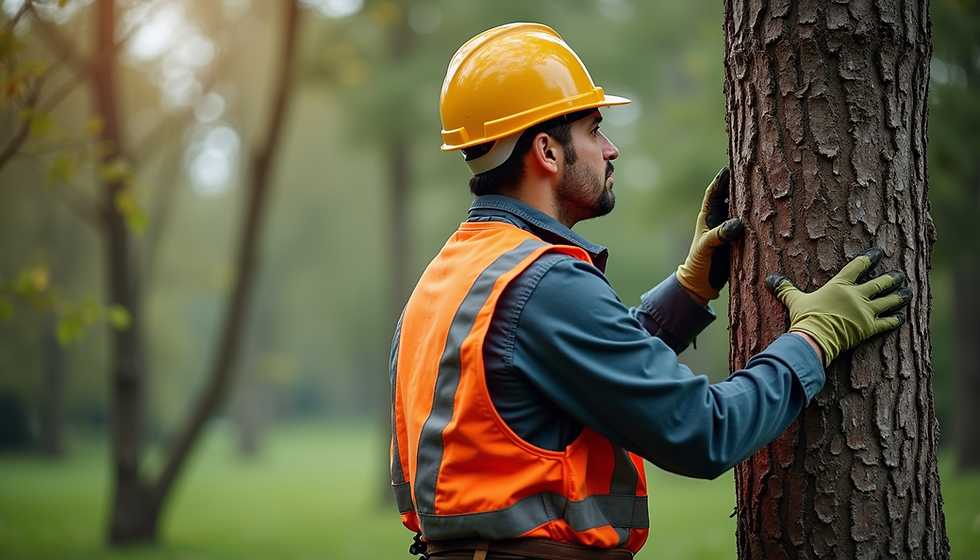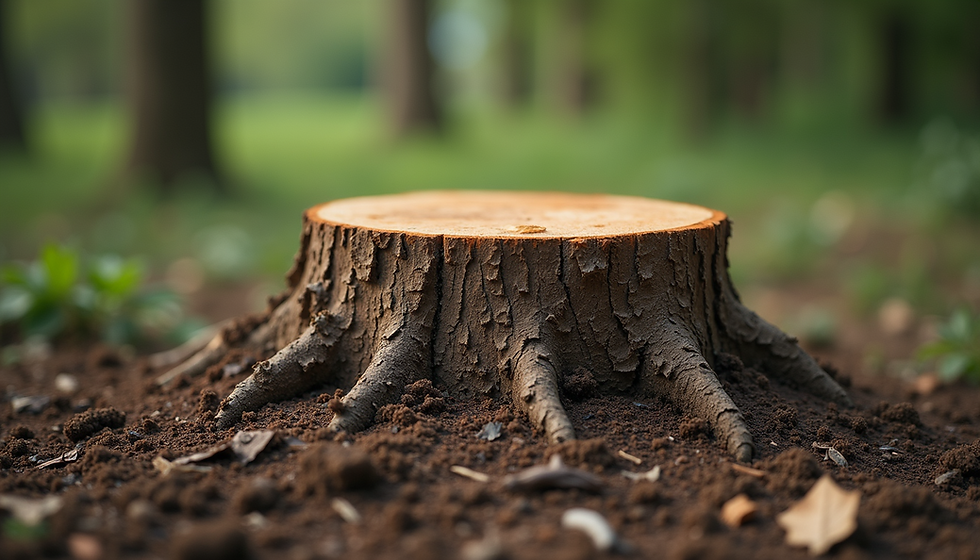Navigating the Essentials of Summer Tree Care for Optimal Growth and Resilience
- Annabel Roebuck
- Jul 23
- 3 min read
Summer is a vibrant season that brings sunshine and the potential for remarkable tree growth. However, the heat can also create challenges that may threaten the health of your trees. This guide offers practical tips and strategies for summer tree care, ensuring that your trees flourish despite the summer heat.
Understanding Your Trees’ Needs
Every tree species has distinct requirements, but all trees share a need for adequate water, nutrients, and protection from pests. Understanding these essentials is crucial for maintaining healthy trees.
Trees depend largely on moisture, particularly during hot spells. For example, during heatwaves, soil moisture can evaporate rapidly. A deep root system helps, so it's critical to create a consistent watering schedule based on your specific tree species and local weather patterns.
Watering Techniques and Best Practices
Watering is a vital component of summer tree care. Here are effective methods to consider:
Deep Watering: Water your trees deeply and less frequently. For instance, instead of giving a tree an inch of water every day, provide three inches once a week. This encourages roots to grow deeper and improves drought resilience.
Soaker Hoses and Drip Irrigation: These systems deliver a slow, steady stream of moisture directly to the roots. They can reduce water loss by up to 50% compared to traditional sprinklers.
Mulching: Applying organic mulch around the base (about 2-4 inches thick) can retain soil moisture and regulate temperature. Be careful not to pile mulch against the trunk, as this can lead to rot.
Fertilization Strategies for Summer Health
Proper fertilization is essential for boosting summer growth. Use these strategies for effective nourishment:
Timing: Fertilize in early summer, before peak heat, to provide necessary nutrients during active growth. Studies show that trees fertilized at this time can grow up to 20% more than those fertilized later.
Balanced Fertilizers: Choose a balanced fertilizer, ideally a 10-10-10 or a slow-release option with equal proportions of nitrogen, phosphorus, and potassium. This mix supports overall tree health and strengthens root systems.
Avoid Over-fertilization: Excess fertilizer can stress trees and lead to weak root systems. Always follow application guidelines on the fertilizer package for the best results.
Protecting Trees from Pests and Diseases
The summer months often see an uptick in pests. Take preventative steps to keep your trees healthy:
Regular Inspections: Check trees weekly for signs of pests or diseases, such as discolored leaves or dead branches. Early detection enables timely treatment and increases survival rates.
Natural Predators: Introduce beneficial insects like ladybugs, which can decrease aphid populations by as much as 80% without harmful chemicals.
Organic Treatments: If pests are found, consider organic insecticides. They are safer for beneficial species and can be as effective as chemical alternatives.
Pruning for Growth and Airflow
Pruning is crucial during summer for promoting healthy growth and airflow. Here’s how to go about it:
Timing: While major pruning typically occurs in late winter, summer is an excellent opportunity for light pruning to remove dead or diseased branches.
Technique: Always use clean, sharp tools for precise cuts to mitigate stress on the tree. This minimizes the risk of disease and speeds up healing.
Airflow Improvement: Thin the canopy to enhance airflow and reduce humidity, which helps prevent fungal diseases that thrive in damp conditions.
Consider Your Environment
The environment can greatly influence tree health. Pay attention to the following factors:
Sun Exposure: Make sure trees are getting adequate sunlight while providing shade for younger trees, which can be particularly sensitive to heat.
Soil Quality: If your trees are struggling, consider conducting a soil test. Healthy soil promotes robust trees, so think about adding organic materials as needed.
Companion Planting: Introduce plants that benefit your trees. Certain flowers can deter pests and improve soil quality, enhancing your tree's overall health.
Nurturing Tree Health for the Long Run
Caring for trees in summer takes knowledge and attention to detail. By following these guidelines on watering, fertilization, pest control, and pruning, your trees can thrive, becoming more resilient and beautiful.
Healthy trees contribute to your property's beauty and provide significant ecological benefits, including shade, improved air quality, and habitat for various wildlife. By putting in the effort for summer tree care, you ensure that your trees weather the summer challenges and prepare for a vibrant future.

Taking proactive steps to care for your trees reflects a commitment to a healthy environment. Remember that attentive care not only enhances the beauty of your landscape but also ensures the longevity and health of your trees for years to come.



Comments